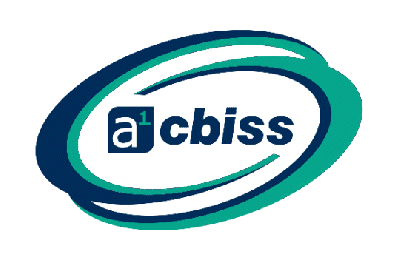Styrene (C8H8) is regarded as a flammable, hazardous volatile organic compound (VOC). Short-term exposure to styrene in humans can result in eye irritation and stomach problems. So how can styrene be tested to protect people?
Styrene is primarily used in the production of polystyrene plastics and resins. Styrene, also known as vinyl benzene is a colourless oily liquid that evaporates easily and has a sweet smell, however, high concentrations have an unpleasant odour.
Long-term exposure to styrene in humans results in effects on the central nervous system such as headache, tiredness, depression and hearing loss.
Styrene Exposure Limits
STEL: 250ppm, TWA: 100ppm
Styrene testing can be carried out using a number of detecting instruments. It really depends on the functionality that you’re looking for.
Gastec Detector Tubes
Gastec tubes allow for a quick and simple spot test of Styrene. The detector tube technique is the lowest-cost method of measuring Styrene. Each pack of tubes is priced at under £30 plus you’ll initially need to purchase a Gastec sampling pump (£185).
GAS124 (10-1500ppm) and GAS124L (2-100ppm)
Pros: Low cost, Don’t require power or calibration, Can be used anywhere
Cons: Requires a self-check to record data, No alarms, Single Use
ToxiRAE Pro PID
The ToxiRAE Pro PID is a portable gas detector for monitoring (VOCs). With an onboard library of 190 correction factors, the ToxiRAE Pro PID can be programmed to automatically read in equivalent units of the specified compound.
The ToxiRAE Pro PID is battery powered so it will run for 12 hours before it needs charging but it only needs 4 hours to re-charge). The ToxiRAE Pro PID provides user-configurable datalogging intervals. A common setup could be 3 months at one-minute intervals.
Pros: PID technology is very accurate. Battery-powered so it can be used in a number of locations, the ToxiRAE Pro PID offers an audible and visual alarm. Datalogging capabilities
Cons: Mid-priced compared to Detector Tubes
RAEGuard PID
The RAEGuard PID is a fixed Photoionisation Detector (PID) transmitter that is mains powered and provides a 4-20 mA signal output in three full-scale ranges of 20 ppm, 100 ppm, or 1,000 ppm isobutylene equivalent. The RAEGuard PID is used to monitor styrene in circumstances where you need the system to trigger a ventilation system or activate a warning system
Housed in an explosion-proof enclosure, the RAEGuard PID is equipped with a local digital display of the gas concentration and functional keys for performing calibration.
Pros: PID technology is very accurate, Relay outputs or local alarms, Datalogging capabilities,
Cons: Most expensive technology out the 3 Styrene testing solutions.
Do you work with Styrene and have a gas detection requirement? Contact a1-cbiss to arrange a site survey or talk to our technical specialists for help with your gas detection needs





